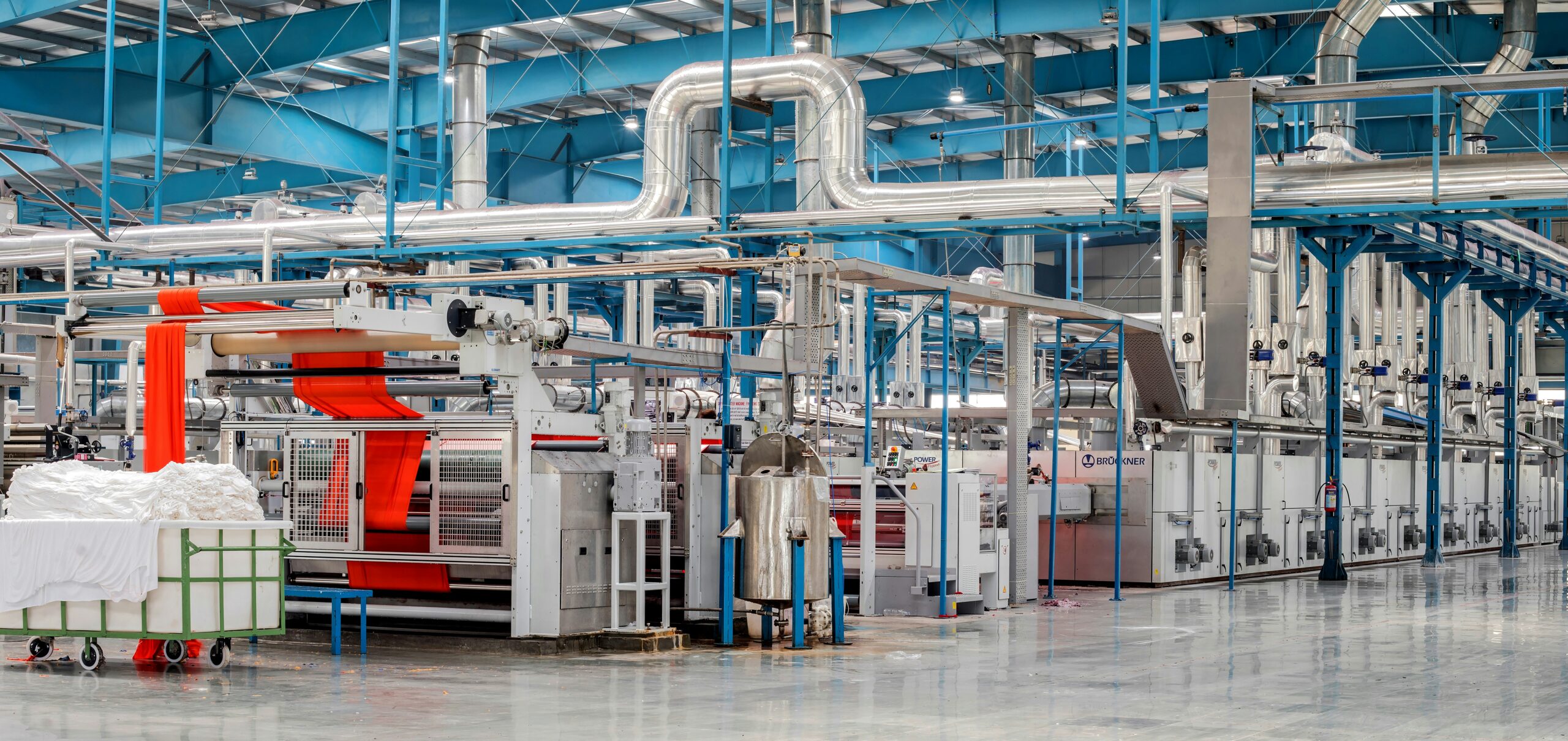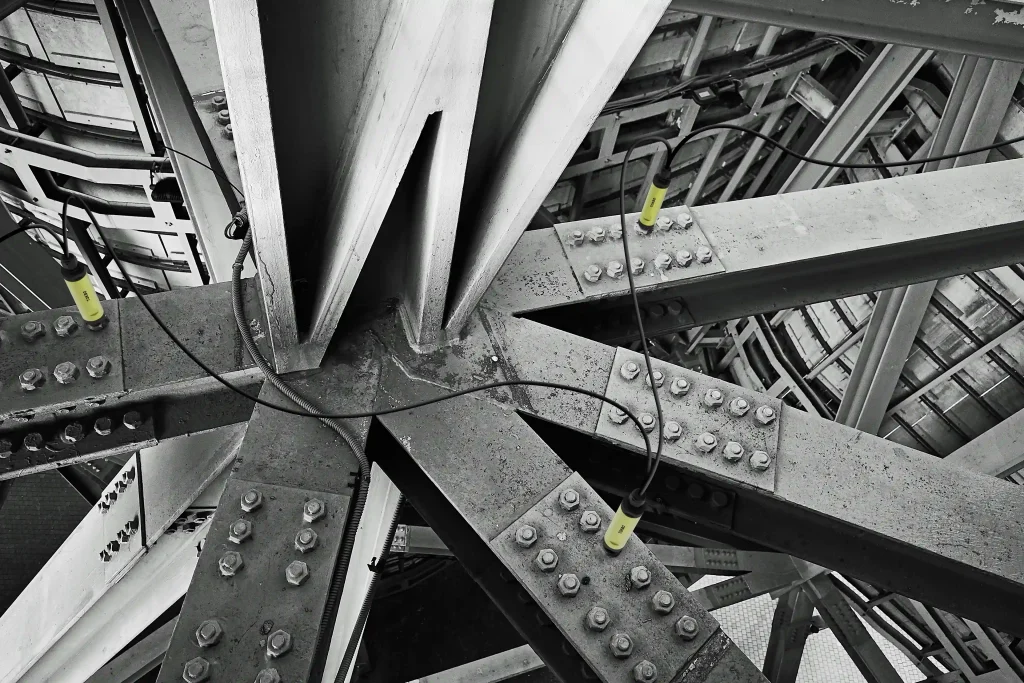
Technological evolution has never been a slow, continuous progression. Over the past sixty years, technology has redesigned entire economies and reshaped the boundaries of what industries, institutions, and people consider possible. Every decade has introduced a new paradigm — from semiconductors to the Internet, from software to mobile — each expanding the previous one rather than replacing it. Technological evolution progresses through jumps, not smooth transitions.
Today, we stand at the threshold of an even deeper transformation: artificial intelligence, the first technology capable of enhancing every previous technological layer retroactively. For the first time, a technology doesn’t create a new segment — it extends across all of them.
As shown by multiple industrial projects — including initiatives in which e-Novia contributed through its Venture Studio and Physical AI expertise — AI is not an abstract promise. It is a practical force already reshaping real-world sectors. Not as a sudden revolution, but as a new grammar of innovation.
This article explores the history, mechanisms, and applications of technological evolution, and explains why AI is the most transformative paradigm ever introduced.
LThe word disruptive is used everywhere, often inaccurately. True disruptive innovation has specific, rare characteristics:
Many innovations presented as revolutionary are merely incremental improvements, while others, emerging quietly in overlooked niches, end up transforming the world. This dynamic is fundamental to understanding why the AI paradigm represents not only a technological improvement, but a new conceptual infrastructure.
Technological evolution happens through stratification. To understand AI, one must understand what came before it.
1960s — Semiconductors: the raw material of the digital world
Semiconductors enabled miniaturisation and mass production of electronic components. Without them, computing, telecommunications, smart mobility, and medical devices wouldn’t exist. They are the “carbon” of the digital revolution.
1970s — Software and systems: logic becomes programmable
Software separates machine behaviour from its physical structure. Operating systems, business applications, and early automation emerge. Enterprises begin digitising internal processes.
1980s — Networking: the rise of the connected world
TCP/IP and distributed networks turn isolated computers into ecosystems. Information becomes exchangeable, modular, and accessible. Without networks, the Internet would not exist.
1990s — Internet: information, commerce, platforms
The Internet creates the global platform we know today: search engines, e-commerce, marketplaces, digital advertising, global supply chains, remote services. It marks the rise of the platform economy.
2000–2010s — Mobile and cloud: technology becomes continuous
Smartphones make connectivity personal and omnipresent. Cloud technologies turn infrastructures into scalable services. Apps become the new interface of interaction. Technology stops being a tool and becomes an environment.
AI is not the next step in this line. It is the first paradigm capable of rewriting all the previous ones simultaneously, the clearest signal of technological evolution accelerating.
Artificial intelligence is the first technological paradigm that is retrocompatible and transversal.
1. It improves every previous technological layer
2. It introduces autonomy
AI does not merely execute instructions: it decides, interprets, suggests, generates content, plans actions, recognises patterns, and corrects mistakes.
3. It brings intelligence into the physical world
Physical AI allows machines, products, and infrastructures to perceive, understand, and act.
4. It compresses innovation cycles
Generative simulation, assisted engineering, automated coding, and rapid prototyping drastically reduce development time.
This is why AI is not “a technology”: it is a multiplier of all technologies, and a central driver of technological evolution.
Every technological evolution can be mapped into three forms of innovation.
Incremental innovation
Incremental innovation consists of continuous improvements to existing solutions. It reduces risk and enables:
It is essential for competitiveness in the short term – but it does not change the rules.
Substantial innovation
Substantial innovation preserves the core structure of a product or process, while introducing new functions or new modes of use.
It enables companies to:
Radical innovation
Radical innovation creates a new paradigm. It does not improve or extend what exists – it replaces it.
Historical examples include:
Radical innovation:
AI sits in this category and its radicality is both horizontal and vertical, influencing products, processes, supply chains, services, and interactions.
Physical AI merges:
This combination turns physical systems into entities that are:
Physical AI does not replace human work; it enhances it with safety, precision, and efficiency — a defining characteristic of this phase of technological evolution.
The following examples — developed with technological contributions from e-Novia — illustrate how the AI-driven technological evolution is already reshaping industries.
Developed by Agrati with support from e-Novia, Tokbo transforms a traditionally static industrial component — the bolt — into a connected, intelligent unit that continuously monitors structural conditions.

Through an Innovation Bootcamp with Agrati, e-Novia contributed to:
Key features:
More than 15 infrastructures adopted Tokbo in the first year, proving the scalability of this new step in technological evolution applied to physical assets.
Developed by Mutti with the support of e-Novia, InstaFactory rethinks tomato processing by bringing transformation directly to the field.
Traditional processing faces challenges: long delays between harvest and transformation, deterioration, and heavy transport emissions.
e-Novia contributed to:
Value delivered:
This is technological evolution applied to agri-food supply chains..
Born in 2017 within the e-Novia ecosystem, YAPE evolved from an urban delivery robot into a modular Autonomy Platform enabling autonomy for off-highway and special-purpose vehicles.
Its mapless approach reduces integration costs and accelerates deployment for agriculture, construction, logistics and mining.
The YAPE Navigation Kit integrates:
With eight years of R&D, YAPE exemplifies how technological evolution enables scalable autonomous systems.
Smart Robots, part of the e-Novia ecosystem, provides a scalable solution to support human operators in manual assembly workstations.
Its 3D AI-powered vision system:
Integrated with collaborative robots (cobots), it synchronises human and machine movements to reduce human error, improve quality, and enhance productivity — a practical expression of Physical AI and modern technological evolution.
AI adoption is not a technical exercise but a strategic one.
Every paradigm emerges years before widespread adoption. Companies must monitor technological, regulatory, social, and supply-chain signals.
Upstream Innovation enables organisations to:
AI integration requires:
Projects such as Tokbo, InstaFactory, YAPE and Smart Robots show the value of co-development models. Venture Studios provide:
The past sixty years of technological evolution have prepared the ground for AI. Now that intelligence, sensing, data, and actuation can coexist, innovation moves from the digital into the physical world.
Companies able to interpret and leverage this new paradigm — with the right strategies, methods, and partners — will lead the next generation of sustainable value creation.
👉 Discover how e-Novia supports companies and innovators in adopting Physical AI through Innovation Consulting and Venture Studio.